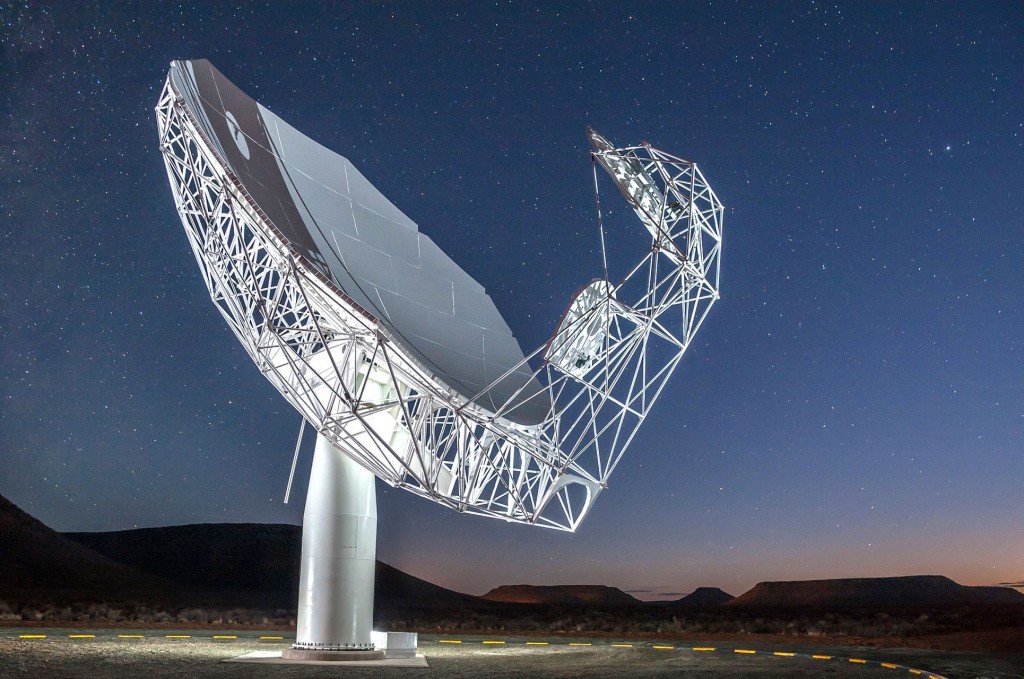DAE Secretary Unveils Asia’s Largest Imaging Cherenkov Telescope in Ladakh
The telescope is indigenously built by the Bhabha Atomic Research Centre (BARC) with contributions from ECIL and other Indian industry partners.

- Country:
- India
The Major Atmospheric Cherenkov Experiment (MACE) Observatory was inaugurated by Dr. Ajit Kumar Mohanty, Secretary of the Department of Atomic Energy (DAE) and Chairman of the Atomic Energy Commission, on October 4, 2024, in Hanle, Ladakh. MACE stands as the largest imaging Cherenkov telescope in Asia and the highest of its kind globally, perched at an altitude of approximately 4,300 meters. The telescope is indigenously built by the Bhabha Atomic Research Centre (BARC) with contributions from ECIL and other Indian industry partners. The inauguration was part of the Platinum Jubilee year celebrations of the DAE.
During the inaugural ceremony, Dr. Mohanty unveiled commemorative plaques at the MACE site, officially marking the telescope's launch. In his address, he celebrated the collaborative efforts that brought the MACE telescope to life, stating, “The MACE Observatory is a monumental achievement for India, positioning our nation at the forefront of global cosmic-ray research.” He noted that the telescope would enable the study of high-energy gamma rays, contributing to a deeper understanding of the universe’s most energetic events.
Dr. Mohanty emphasized the project's significance in advancing scientific research while also supporting the socio-economic development of Ladakh. He encouraged local students to consider careers in astronomy and astrophysics, expressing hope that the MACE project would inspire future generations of Indian scientists and engineers. He acknowledged India’s historical contributions to cosmic-ray research, particularly honoring the legacy of Dr. Homi J. Bhabha.
Key Highlights from the Inauguration:
Ajay Ramesh Sule, Additional Secretary of the DAE, emphasized the importance of balancing tourism and scientific activities within the Hanle Dark Sky Reserve (HDSR), encouraging students to pursue careers in science and technology.
Dr. Annapurni Subramaniam, Director of the Indian Institute of Astrophysics (IIA), spoke about the fruitful collaboration between various DAE units and the IIA.
Sajjad Hussain Mufti, Chief Conservator of Forests, UT Ladakh, discussed the features of the Hanle Dark Sky Reserve and the administration’s commitment to supporting DAE’s scientific initiatives.
Dr. S. M. Yusuf, Director of the Physics Group at BARC, highlighted the importance of the MACE telescope in enhancing India’s cosmic-ray research capabilities.
The event also featured the release of a special pictorial compilation documenting the journey of the MACE project. Dr. Mohanty honoured local community representatives, including Nambardars (village leaders), a school headmaster, and the venerable Lama of the Hanle Gompa. A special film showcasing the technological advancements of the MACE telescope was screened, providing insights into the project's significance.
Attendees concluded the day with a guided tour of the state-of-the-art MACE Control Room, where they interacted with a team of astronomers and technicians. This observatory not only marks a significant advancement in Indian astrophysics but also strengthens India's standing in multi-messenger astronomy, enabling observations of high-energy gamma rays to explore phenomena such as supernovae, black holes, and gamma-ray bursts.
Looking forward, the MACE project aims to foster international collaborations and enhance India’s contributions to space research, establishing the observatory as a beacon of inspiration for future generations of scientists and explorers in the field of astrophysics.
- READ MORE ON:
- Dr. Ajit Kumar Mohanty
- Major Atmospheric Cherenkov Experiment










